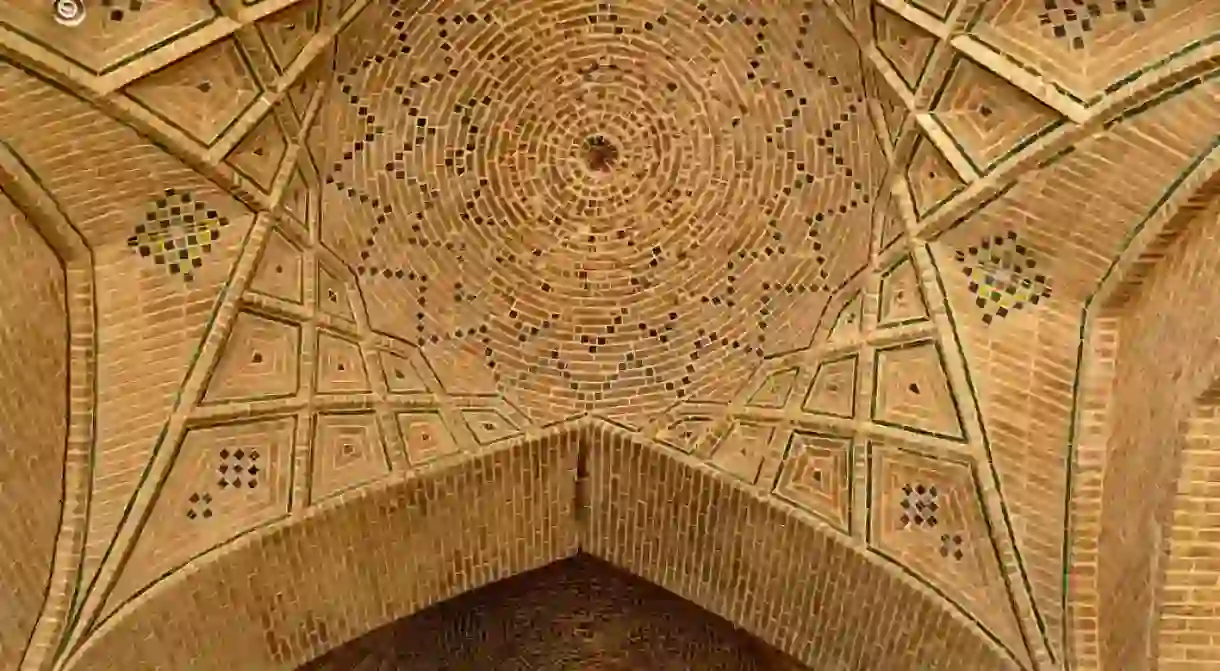8 Stereotypes All Iranians Hate

To many, Iran is clouded with mystery and intrigue – which has resulted in a whole host of misconceptions and false stereotypes about Iran and Iranians. Here is a breakdown of eight stereotypes all Iranians hate (and which you should do your best to avoid making).
Iranians are Arab
Contrary to what many believe, the people of the Middle East do not all share the same ethnicity. Iran has an incredibly diverse ethnic makeup of people within its borders, with the largest ethnic group being Persians. Nearly a dozen other ethnic minorities — including Azeris, Kurds, Arabs, Balochis and Lors — make up over a third of the total population.

The official language is Arabic
The official language of Iran is actually Persian, but there are several other recognised regional languages such as Azerbaijani, Kurdish, Lori, Mazandarani, Gilaki, and Balochi. Arabic is mainly spoken in the southern region of Khuzestan.
Be careful – Iran is dangerous!
Until very recently, many countries advised against travel to Iran, but this was largely for lack of diplomatic relations rather than genuine concern for safety. In fact, not only is violent crime against foreigners extremely rare, but the internal political situation is very much stable too, making it an all round safe destination for tourists.
Iranian people hate Westerners
Don’t be fooled by the ‘death to America’ chants; this sentiment is reserved for certain presidents and their harmful foreign policy decisions… it does not apply to ordinary people from the West! In fact, Iranian people are extremely welcoming and hospitable, so as a visitor you are sure to be continuously bombarded with dinner invitations and endless cups of tea throughout your time in Iran.

There’s not a lot to see and do
You could not be more wrong on this one. Iran is a vast country, and there is much ground to cover in terms of natural wonders, exquisite architecture and an intriguing ancient culture.

People ride donkeys and camels
Despite heavy international sanctions, Iran has made considerable progress in science and technology, especially in fields such as nuclear science, aerospace science, medical development and stem cell research. Life in the bigger cities is also very cosmopolitan. The Instagram account ‘Rich Kids of Tehran’ gained a lot of attention recently for showing the controversial, lavish lifestyles of some of Iran’s high class society.
Women are invisible and oppressed
There is a common narrative presented of Iranian women existing as second-class citizens in society, hidden under veils without any agency. This is far from the truth, and there have been feminist movements in the country both before and after the revolution. Women in Iran have been educated since 1907, and the percentage of women in education rose exponentially after the revolution in 1979.
Iranians are uneducated
Education within Iranian culture is held in high regard. This is reflected in the high percentage of Iranians who go on to study in higher education, which is estimated at over 50%, a high figure world-wide.














